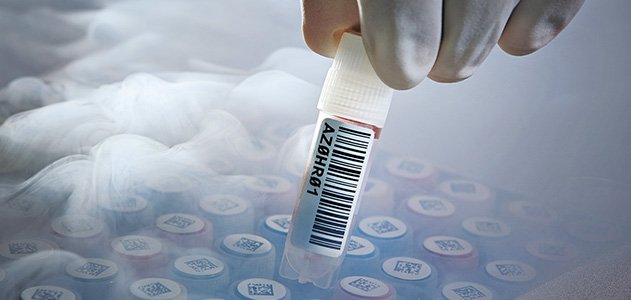Formalin-Fixed Paraffin-Embedded Tissues vs. Frozen Tissue Samples has more to do with the number of blood cells that are PCR amplified and the amount of DNA you can extract from them than anything else.
FFPE samples have more erythrocytes, which is the percentage of red cells in comparison to white cells, and have fewer total nucleated cells, but they also have more DNA because erythrocytes are small enough for the PCR machine to process.
Frozen tissue samples have a higher rate of epithelial cells, but lower rates of hemoglobin, which makes it difficult for the PCR machine to process. Also, you can click here to get accurate information about the frozen tissue samples.

Image Source: Google
The Differences Between Frozen Tissue and FFPE
FPPE tissue samples are frozen within hours of collection, while FTS samples must be collected and preserved at -80 degrees Celsius. These two types of tissue samples have important differences that impact the quality of the data they can generate.
FPPE tissue samples are less likely to contain inflammatory cells and other cellular debris, which can influence the accuracy of gene expression measurements. This is because frozen PPE tissues are cleared of unwanted cells by a process called cell lysis.
Frozen Tissue Storage also preserves the DNA integrity of the cells, which can improve gene expression analysis.
The benefits of using FFPE tissue over frozen tissue for gene expression analysis include:
Increased accuracy in measuring gene expression levels.
Reduced potential for immune system activation in the sample.
Reduced time needed to obtain results from the study.